Home>Garden Essentials>Garden Storage>What Is The Difference Between A Wardrobe And An Armoire
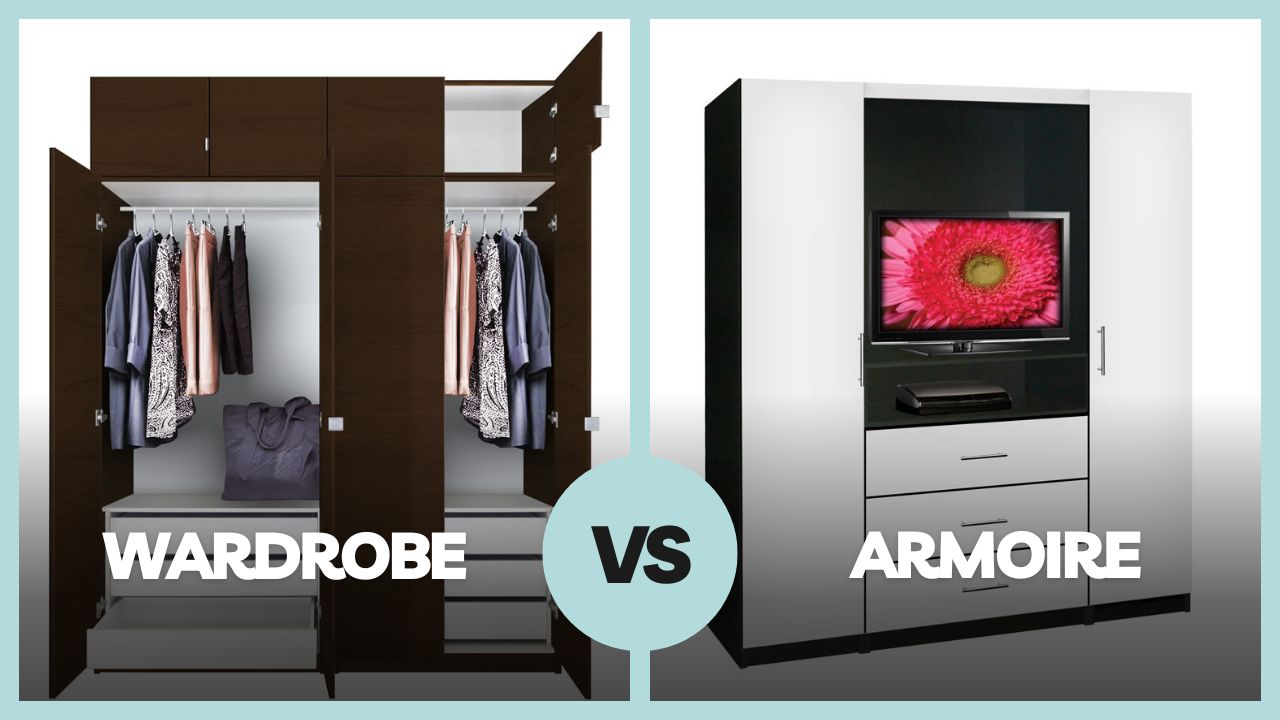

Garden Storage
What Is The Difference Between A Wardrobe And An Armoire
Modified: January 18, 2024
Discover the key differences between a wardrobe and an armoire, both versatile storage solutions for your home. Explore their unique features and choose the perfect one for your space.
(Many of the links in this article redirect to a specific reviewed product. Your purchase of these products through affiliate links helps to generate commission for Storables.com, at no extra cost. Learn more)
Introduction
When it comes to storing clothes and accessories, two popular options often come to mind: a wardrobe and an armoire. While they both serve the purpose of housing your belongings, there are some distinct differences between the two. Understanding these differences can help you make an informed decision when choosing the best storage solution for your needs.
A wardrobe and an armoire are both types of furniture commonly found in bedrooms. They provide storage space for clothing, shoes, and other personal items. However, the terms “wardrobe” and “armoire” are often used interchangeably, leading to confusion for many. To shed some light on the matter, let’s take a closer look at the characteristics and features that differentiate these two pieces of furniture.
Key Takeaways:
- Wardrobes offer practical and efficient clothing storage with customizable options, making them versatile and adaptable to different room layouts and decor themes. They are often more affordable and accessible to a wider range of budgets.
- Armoires add luxury and elegance to a room, serving beyond clothing storage and acting as statement pieces in room decor. While more expensive, their craftsmanship and design make them valuable investments for those seeking standout furniture pieces.
Read more: How To Build Armoire Wardrobe
Definition of a wardrobe
A wardrobe is a freestanding or built-in piece of furniture primarily designed for storing clothes. It typically consists of a hanging rod for garments such as dresses, shirts, and jackets, as well as shelves or drawers for folded items like pants, sweaters, and accessories.
Wardrobes are available in various sizes and configurations, ranging from small wardrobes with a single door to large walk-in closets with multiple sections. They can be made from different materials such as wood, metal, or a combination of both, and come in a variety of styles to match different interior aesthetics.
One of the key features of a wardrobe is its versatility. It allows you to organize your clothing items efficiently with the hanging space for longer garments and the storage compartments for folded clothes. Some wardrobes may also include additional features like shoe racks, tie holders, or built-in mirrors. With the flexibility to adjust shelves and drawers, wardrobes offer customizable storage solutions to accommodate your specific needs.
In terms of placement, wardrobes are often found in bedrooms, dressing rooms, or walk-in closets. They provide a dedicated space to keep your clothes neatly organized and easily accessible. Wardrobes can be standalone units or part of a larger furniture set, such as a bedroom suite, providing a cohesive and coordinated look to the room’s design.
Overall, a wardrobe is a versatile storage solution for clothes, offering hanging space and storage compartments to keep your garments and accessories organized and easily accessible. It is designed to maximize storage capacity while providing a functional and aesthetically pleasing addition to your living space.
Definition of an armoire
An armoire, sometimes referred to as a wardrobe cabinet, is a tall and often decorative piece of furniture designed for storing clothes, linens, and other personal belongings. It typically features one or more doors that open to reveal a spacious interior with shelves, drawers, and hanging rods.
Unlike a wardrobe, an armoire is usually larger and more ornate in design. It often incorporates intricate details, such as carved motifs, decorative hardware, or unique finishes, making it a statement piece in the room’s decor.
Traditionally, armoires were used to store and transport clothing, serving as portable closets. They were often made of sturdy wood and designed with practicality in mind. Nowadays, armoires are still valued for their functionality, but they are also appreciated for their aesthetic appeal and ability to add a touch of elegance to any space.
Armoires offer a versatile storage solution. The interior compartments are designed to accommodate a variety of items, including hanging clothes, folded garments, and accessories. Some armoires have adjustable shelves, allowing you to customize the storage space to suit your needs. Additionally, some models may feature specialized compartments for storing jewelry, ties, or belts, making it easy to keep small accessories organized and within reach.
While armoires are commonly found in bedrooms, they can also be used in other areas of the home, such as the living room or hallway. In the bedroom, an armoire can serve as a focal point and a functional storage piece, providing ample space for clothing that may not fit in the regular wardrobe. In other living spaces, an armoire can be used to store blankets, electronics, or even act as a home bar or entertainment center.
Overall, an armoire is a versatile and decorative storage solution that adds character and functionality to any room. Whether used as a standalone furniture piece or as part of a larger furniture arrangement, an armoire offers ample storage space while making a stylish statement.
Comparison of Size and Dimensions
When comparing wardrobes and armoires, one of the key differences to consider is their size and dimensions. While both pieces of furniture are designed to store clothing and personal items, they vary in terms of their overall dimensions and space utilization.
Wardrobes tend to have a more streamlined and compact design compared to armoires. They are often taller than they are wide, with a narrower profile that fits well in small bedrooms or tight spaces. Wardrobes come in a range of sizes, from small single-door units to larger walk-in closets, allowing you to choose the right size to suit your storage needs.
On the other hand, armoires are generally larger and more voluminous. They are often wider and deeper than wardrobes, providing more storage space for your belongings. Armoires can vary in height, but they typically have a taller and more imposing presence, which can make a statement in a room’s design.
It is important to consider the available space in your room before deciding between a wardrobe and an armoire. If you have limited floor space or a smaller room, a wardrobe may be the more practical choice as it can fit into tighter areas. Alternatively, if you have ample space and want a furniture piece that stands out and makes a statement, an armoire may be the better option.
Another factor to consider when comparing size and dimensions is the internal layout of the storage compartments. Wardrobes generally have a designated hanging space, with a rod or multiple rods for hanging clothes. They also typically offer shelves or drawers for folded items and accessories. The proportion of hanging space to storage compartments may vary based on the size and design of the wardrobe.
In contrast, armoires often have a combination of hanging space, shelves, and drawers within their spacious interior. Depending on the design, armoires may have multiple compartments or specialized storage features, such as jewelry drawers or tie racks. This makes armoires particularly suitable for those with a diverse wardrobe or a need for versatile storage options.
In summary, the size and dimensions of wardrobes and armoires differ significantly. Wardrobes are often smaller and more streamlined, while armoires are larger and feature more extensive storage options. Consider the available space in your room and the specific storage needs you have before choosing between the two.
Interior Layout and Storage Features
When comparing the interior layout and storage features of wardrobes and armoires, it is important to consider how they are designed to accommodate your clothing and personal items efficiently.
Wardrobes typically have a combination of hanging space, shelves, and drawers. The primary focus is on providing ample space for hanging clothes, with a rod or rods across the width or height of the wardrobe. This allows you to hang dresses, shirts, jackets, and other garments to keep them wrinkle-free and easily accessible.
In addition to the hanging space, wardrobes usually offer shelves or drawers for folded items like sweaters, pants, and accessories. The number and arrangement of shelves and drawers can vary depending on the size and design of the wardrobe. Some wardrobes may also have specialized compartments for shoes, ties, or jewelry.
Armoires, on the other hand, provide a more versatile and spacious interior layout. They typically have larger storage areas with multiple shelves, drawers, and hanging rods. The shelves can be adjustable to accommodate items of different heights, and the drawers are often deep and spacious, allowing for organized storage of folded clothes or linens.
Armoires may also have additional compartments or built-in organizers for accessories like jewelry, belts, or ties. Some models feature pull-out trays or hidden compartments for extra storage or to conceal valuable items.
One key advantage of armoires is the ability to store a wider range of items compared to wardrobes. The spacious interior can be utilized for bulkier items like blankets, pillows, or even electronic equipment. Armoires offer versatility in storage options, allowing you to customize the space to suit your needs.
However, it is important to note that the size and layout of storage compartments within wardrobes and armoires can vary significantly depending on the specific model and design. Some wardrobes may offer more drawer space and fewer shelves, while others may prioritize hanging space over shelving.
Ultimately, the choice between a wardrobe and an armoire in terms of interior layout and storage features depends on your specific storage needs and preferences. Consider the types of items you need to store and how you prefer to organize them when making your decision.
A wardrobe is typically a large, freestanding piece of furniture with doors for hanging clothes, while an armoire is a tall, standalone cabinet with shelves, drawers, and sometimes a hanging rod. Consider your storage needs and available space when choosing between the two.
Material and Construction Differences
When comparing wardrobes and armoires, another significant difference lies in the materials used for construction and the overall build quality.
Wardrobes can be made from a variety of materials, including wood, metal, or a combination of both. Solid wood wardrobes are a popular choice for their durability and classic appearance. They are often crafted from hardwoods like oak, mahogany, or cherry, which provide strength and longevity. However, solid wood wardrobes tend to be more expensive compared to those made with other materials.
For a more affordable option, wardrobes constructed with engineered wood or melamine boards are widely available. These materials are manufactured by binding wood fibers or chips with adhesive, resulting in a sturdy and cost-effective alternative to solid wood. Melamine boards are often used for the exterior finish of wardrobes due to their smooth surface and resistance to scratches and stains.
On the other hand, armoires are traditionally constructed with solid wood to create a more substantial and luxurious piece of furniture. The use of high-quality hardwoods, such as mahogany, walnut, or maple, adds to the elegance and durability of the armoire. The craftsmanship and attention to detail in the construction of an armoire are often more intricate, with carved accents, ornate hardware, and fine finishes.
However, it is worth noting that armoires made entirely of solid wood can be more expensive compared to wardrobes. This is due to the higher cost of premium materials and the additional labor involved in creating the intricate designs and finishes.
In recent years, there has been an emergence of armoires with mixed materials, such as a solid wood frame combined with veneered panels or decorative accents. This approach provides a balance between durability and affordability, allowing for a wider range of options in terms of finishes and styles.
When it comes to the construction of wardrobes and armoires, it is essential to pay attention to the joinery and hardware used. A sturdy and well-constructed piece will have solid joints, such as mortise and tenon or dovetail, ensuring long-lasting durability.
In summary, the material and construction differences between wardrobes and armoires mainly revolve around the use of solid wood and the overall build quality. Wardrobes offer a variety of materials, including solid wood, engineered wood, and melamine boards, providing options for different budgets. Armoires, traditionally crafted with solid wood, showcase a higher level of craftsmanship and elegance, but often come with a heftier price tag. Consider your preferences in terms of material, aesthetics, and budget when choosing between the two.
Style and Aesthetics
When it comes to style and aesthetics, wardrobes and armoires offer distinct design characteristics that can complement different interior decor themes and personal preferences.
Wardrobes come in a wide range of styles and designs to suit various tastes. Modern wardrobes often feature clean lines, sleek finishes, and minimalistic hardware, making them a popular choice for contemporary or minimalist home designs. These wardrobes prioritize functionality and simplicity, with a focus on maximizing storage space while maintaining a streamlined appearance.
For those with a more traditional or classic aesthetic, wardrobes with ornate woodwork, decorative moldings, and antique-inspired hardware can add a touch of elegance to the room. These wardrobes often blend seamlessly with traditional or vintage decor styles, creating a timeless and refined look.
In contrast, armoires have a reputation for their luxurious and decorative designs. They often act as a statement piece in the room, showcasing intricate carvings, detailed hardware, and beautiful finishes. Armoires can have a more ornate and elaborate appearance, making them well-suited for formal or grand interior designs.
From French provincial to Victorian or Art Deco, armoires come in a variety of styles that can cater to different aesthetic preferences. The choice of wood and finishes plays a significant role in the overall look and feel of an armoire, with darker woods like mahogany providing a more traditional and rich aesthetic, while lighter woods offer a more contemporary or rustic charm.
Both wardrobes and armoires can be customized to fit specific design preferences. Some manufacturers offer options for custom finishes, hardware choices, or even the ability to add personalized touches like monograms or decorative accents.
In terms of versatility, wardrobes tend to adapt well to different decor styles due to their diverse range of options. They can seamlessly blend into modern, traditional, or transitional settings, depending on their design and finishes.
On the other hand, armoires have a more specific aesthetic appeal and are often chosen as focal points in a room. As standalone pieces of furniture, they can contribute to the overall theme or style of the space. Armoires can add depth, elegance, and a touch of grandeur to a room’s design.
In summary, wardrobes offer a wide range of styles, from modern and minimalist to traditional and classic. They provide versatile options that can adapt to different decor themes. Armoires, on the other hand, are known for their luxurious and decorative designs, often serving as showpieces in a room. Their ornate detailing and grandeur make armoires well-suited for more formal and opulent interior styles.
Versatility and Functionality
When comparing the versatility and functionality of wardrobes and armoires, several factors come into play, including storage options, adaptability, and multi-purpose usage.
Wardrobes are known for their practicality and efficiency in providing storage for clothing and personal items. They offer a combination of hanging space, shelves, and drawers, allowing for organized storage of garments, folded clothes, and accessories. With adjustable shelves and customizable configurations, wardrobes can adapt to different storage needs, making them suitable for individuals with varying wardrobes and belongings.
Furthermore, wardrobes can be installed as built-in units or freestanding furniture, offering flexibility in terms of placement. They can be integrated into existing bedroom furniture or serve as standalone pieces within a room. This versatility in installation makes wardrobes a versatile storage solution that can adapt to different room layouts and personal preferences.
In terms of functionality, wardrobes excel in their ability to keep clothes organized and easily accessible. The hanging rod allows for wrinkle-free storage of dresses, shirts, and jackets, while the shelves and drawers provide space for folded items like pants, sweaters, and accessories. Some wardrobes also offer additional features such as shoe racks or built-in mirrors, enhancing their functionality and convenience.
Armoires, on the other hand, offer a different level of versatility and functionality. While primarily designed for clothing storage, they can also serve multiple purposes beyond housing garments. The spacious interior of an armoire can be utilized for storing various items such as blankets, pillows, linens, or even electronics. Some armoires may include adjustable or removable shelves, enabling customization to suit different storage needs.
In addition to their storage capabilities, armoires make a statement in room decor. They can act as a focal point, enhancing the overall aesthetic and adding a touch of elegance to the space. With their ornate designs and attention to detail, armoires can contribute to the style and ambiance of a room.
Armoires are also versatile in terms of their placement within the home. While commonly found in bedrooms, they can be utilized in other spaces such as living rooms, entryways, or even home offices. For instance, an armoire can serve as a home bar, housing glassware and spirits, or as an entertainment center, storing electronics and media components. This multi-purpose usage makes armoires a versatile furniture piece that can adapt to various needs and spaces.
In summary, while wardrobes excel in practicality and efficient clothing storage, armoires offer a higher level of versatility and multi-functionality. Wardrobes are designed primarily for clothing organization and provide customizable storage options. Armoires, on the other hand, can accommodate a wider range of items and serve various purposes beyond clothing storage, acting as statement pieces in room decor. Consider your specific storage needs, preferred room placement, and desired level of versatility when deciding between the two.
Price Range and Affordability
When it comes to comparing the price range and affordability of wardrobes and armoires, several factors come into play, including the materials used, construction quality, and design intricacies.
Wardrobes are available in a wide range of price points, making them a versatile choice for individuals with different budgets. The cost of a wardrobe can vary depending on factors such as the materials used, the size of the unit, and the brand. Solid wood wardrobes tend to be more expensive due to the higher quality and durability of the materials. Engineered wood or melamine wardrobes offer a more affordable alternative without compromising on functionality and storage options.
The price of a wardrobe can also be influenced by additional features such as built-in mirrors, specialized compartments, or unique finishes. Customizable options or luxury brands can also contribute to a higher price range. However, by considering your storage needs and preferred style, it is possible to find a wardrobe that fits within your budget.
On the other hand, armoires generally tend to be more expensive compared to wardrobes. The use of high-quality materials, intricate designs, and skilled craftsmanship contribute to the higher price tag of armoires. Solid wood construction and the inclusion of ornate detailing, such as carvings or decorative hardware, can significantly impact the cost.
While the cost may be higher for armoires, they often serve as statement pieces and pieces of art within a room. The luxurious design and intricate craftsmanship can add considerable value and enhance the overall aesthetic of the space. However, it’s important to note that there are also more affordable options available, such as armoires with mixed materials or simpler designs.
Regardless of whether you choose a wardrobe or an armoire, it is important to consider the long-term investment value. Quality construction and durable materials can ensure that your chosen storage solution lasts for years to come. It is worth spending a bit more on a well-built piece that will withstand wear and tear and retain its functionality and aesthetic appeal in the long run.
In summary, wardrobes offer a wide range of price points, making them accessible to a variety of budgets. The cost is influenced by factors such as materials, size, brand, and additional features. Armoires, on the other hand, often come with a higher price tag due to their luxurious designs, solid wood construction, and attention to detail. While they may require a larger investment, their statement-making presence and added value can make them a worthwhile purchase for those seeking a distinctive and elegant storage solution.
Read also: 11 Unbelievable Armoire Wardrobe for 2024
Conclusion
Choosing between a wardrobe and an armoire is ultimately a matter of personal preference, as both options offer their own unique features and advantages. Understanding the differences in size, interior layout, materials, style, versatility, and price range can help you make an informed decision based on your storage needs, lifestyle, and aesthetic preferences.
Wardrobes are practical and efficient storage solutions, offering a combination of hanging space, shelves, and drawers to keep clothing and personal items organized. They come in a variety of sizes, styles, and materials, making them versatile and adaptable to different room layouts and decor themes. Wardrobes are often more affordable and accessible to a wider range of budgets.
On the other hand, armoires add a touch of luxury and elegance to a room. They are typically larger and more ornate, with spacious interiors that can accommodate a variety of storage needs. Armoires offer versatility in placement and multi-functionality, serving beyond clothing storage and acting as statement pieces in room decor. While they may be more expensive, the craftsmanship and design intricacies of armoires make them valuable investments for those seeking a standout furniture piece.
Consider important factors such as available space, storage requirements, desired style, and budget when deciding between a wardrobe and an armoire. Think about how each option aligns with your lifestyle and the specific needs of your clothing collection and personal belongings.
Remember, regardless of your choice, prioritize quality construction and durable materials to ensure longevity and functionality for years to come. Whether you opt for a stylish wardrobe or an elegant armoire, your chosen storage solution should enhance your living space while offering efficient organization and easy access to your belongings.
In the end, the decision between a wardrobe and an armoire depends on your personal style, storage needs, and overall vision for your living space. Both options provide valuable storage solutions, allowing you to keep your clothes, accessories, and personal items in order while adding beauty and functionality to your home.
Frequently Asked Questions about What Is The Difference Between A Wardrobe And An Armoire
Was this page helpful?
At Storables.com, we guarantee accurate and reliable information. Our content, validated by Expert Board Contributors, is crafted following stringent Editorial Policies. We're committed to providing you with well-researched, expert-backed insights for all your informational needs.
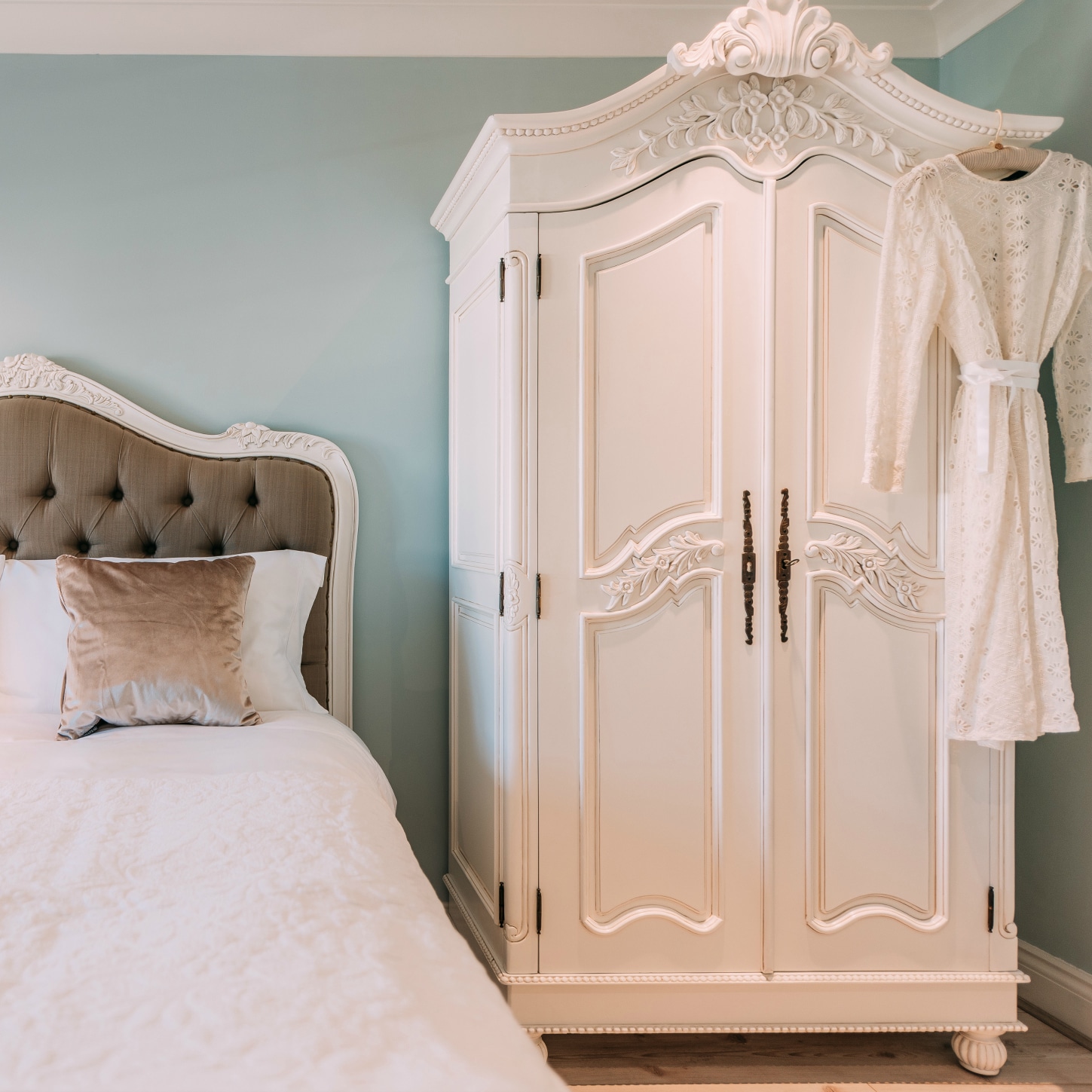





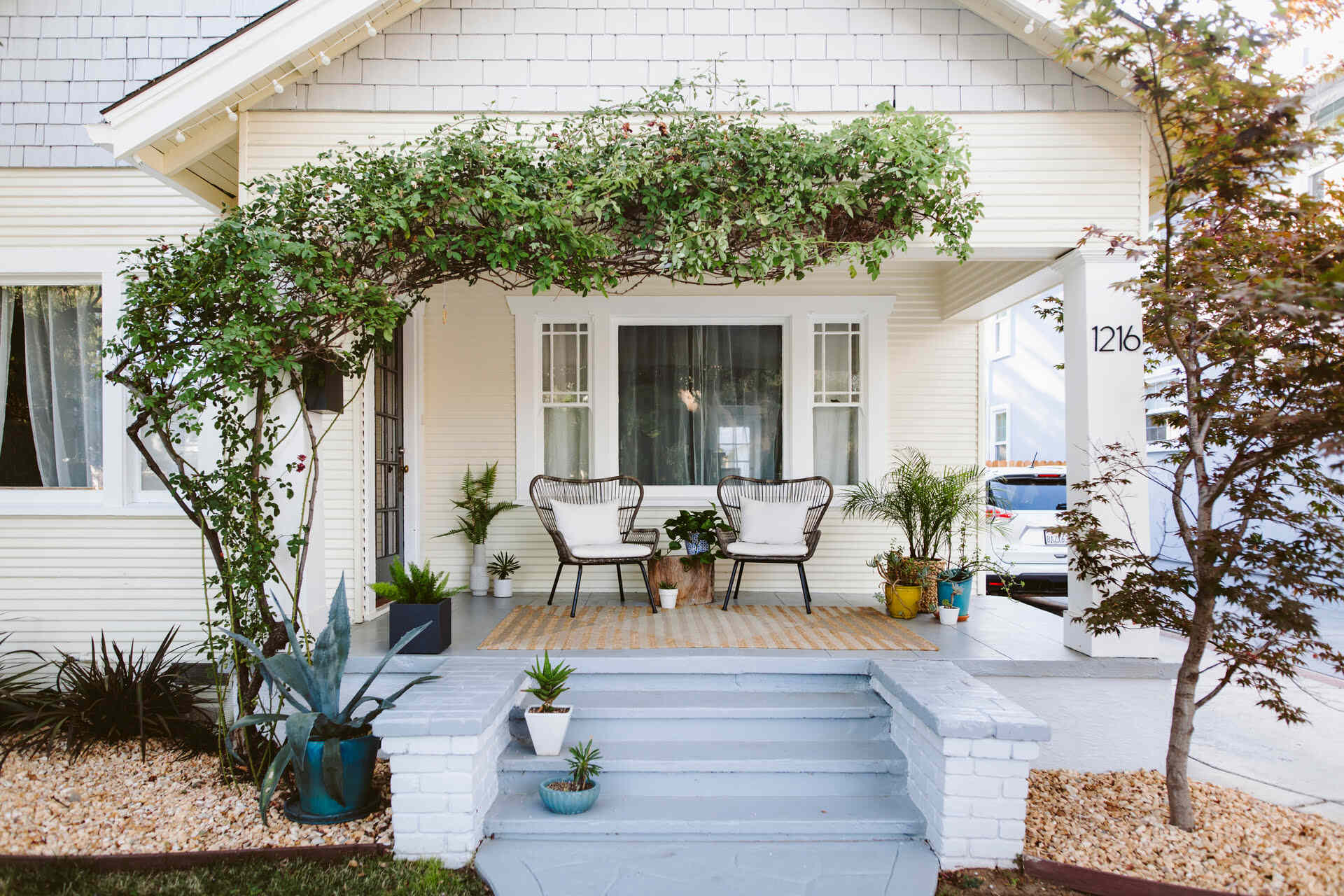
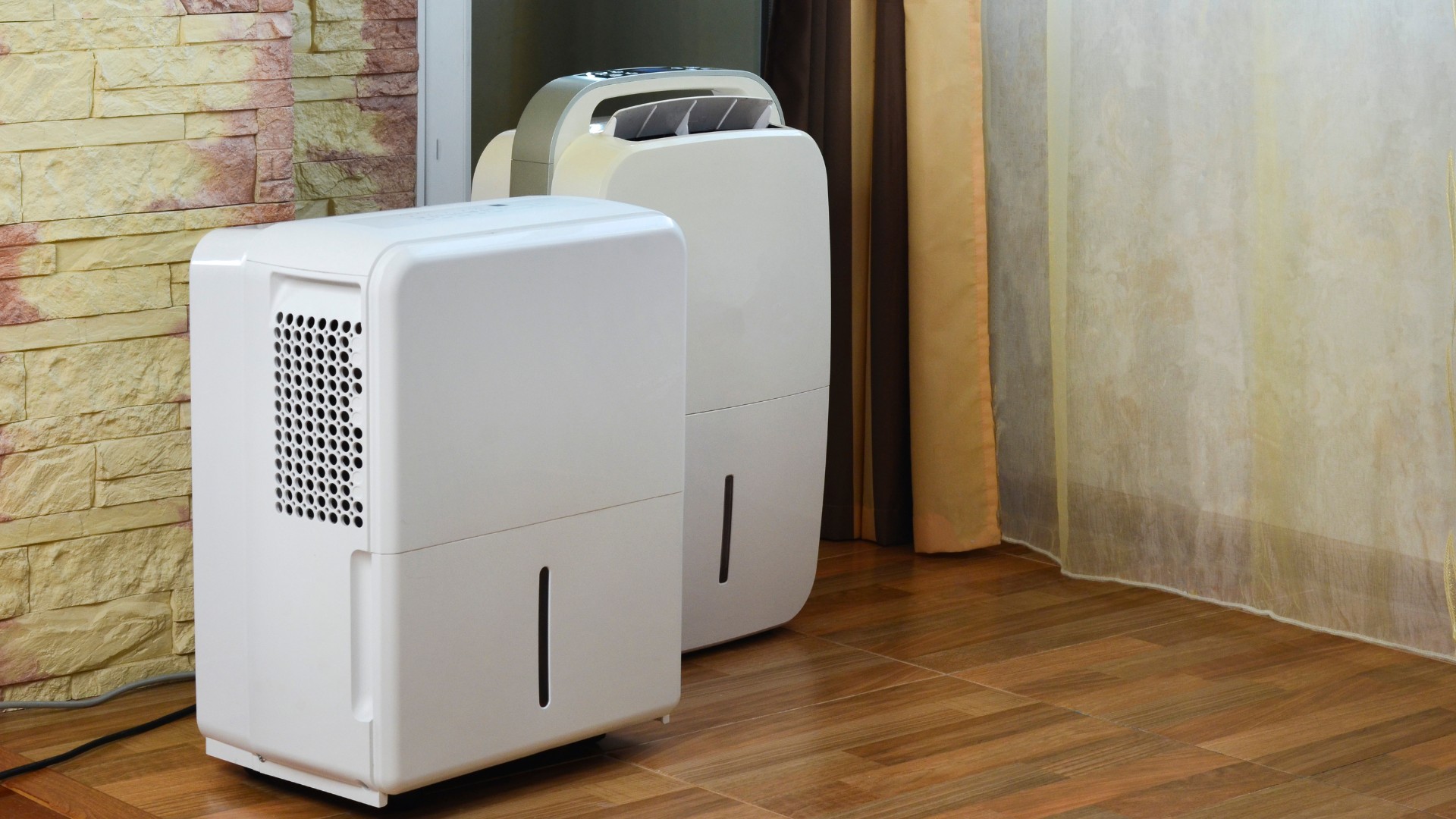


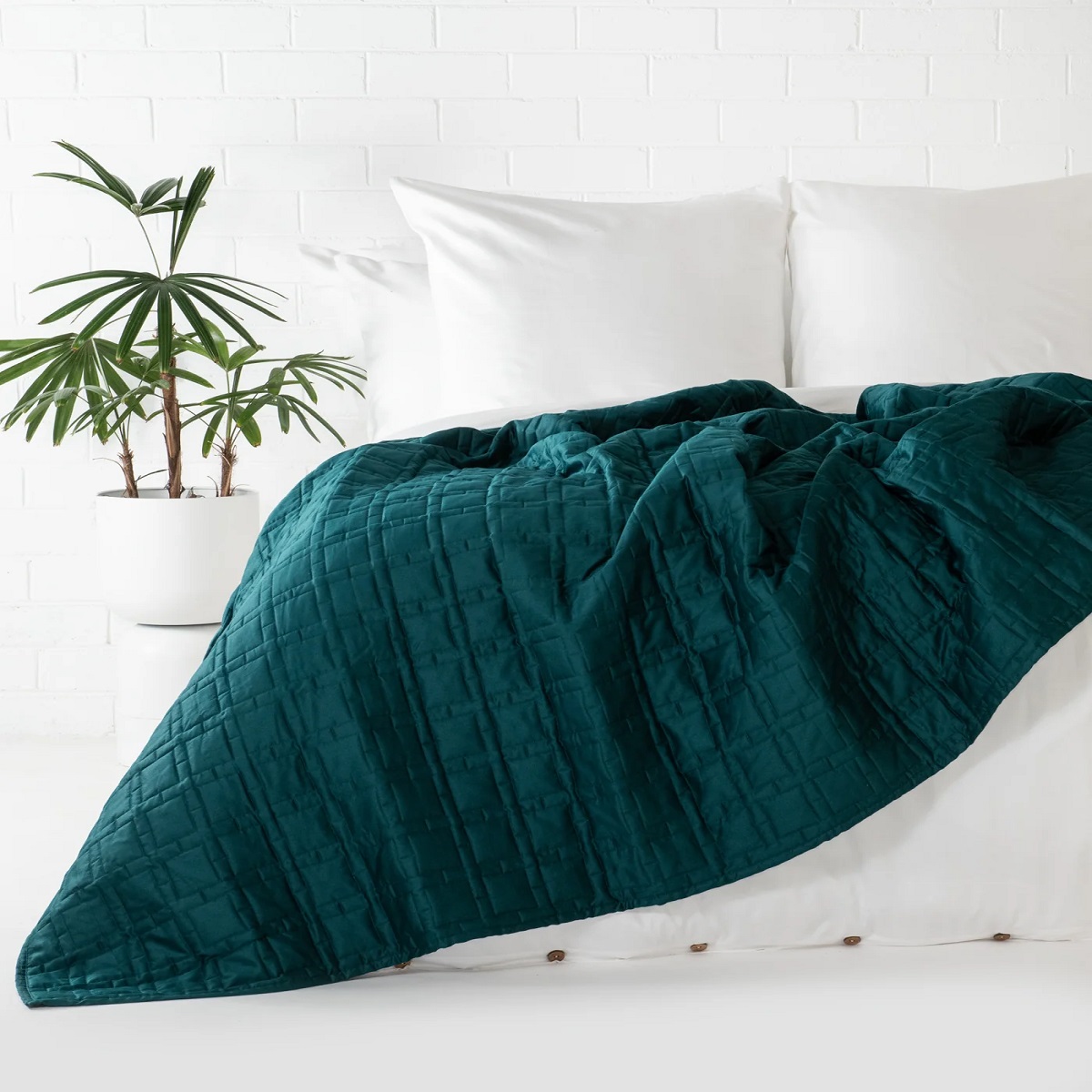
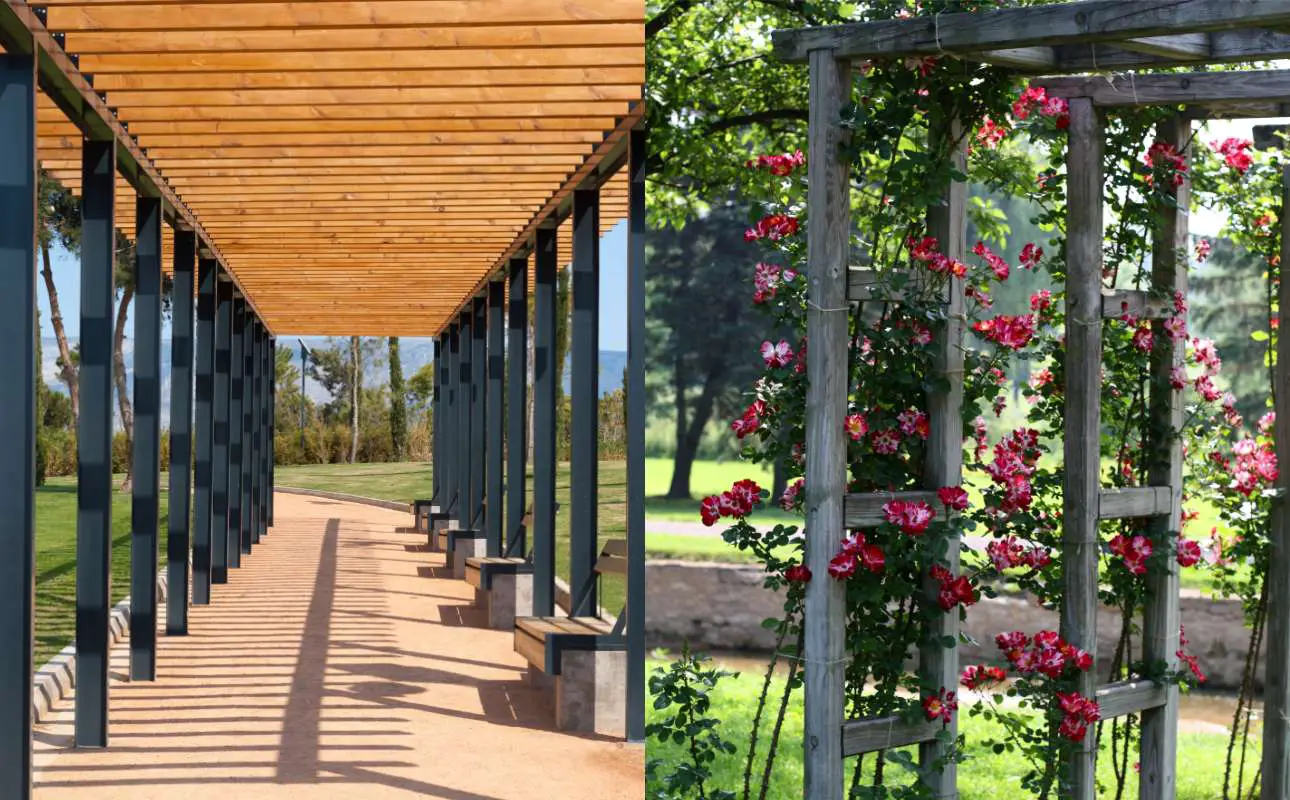
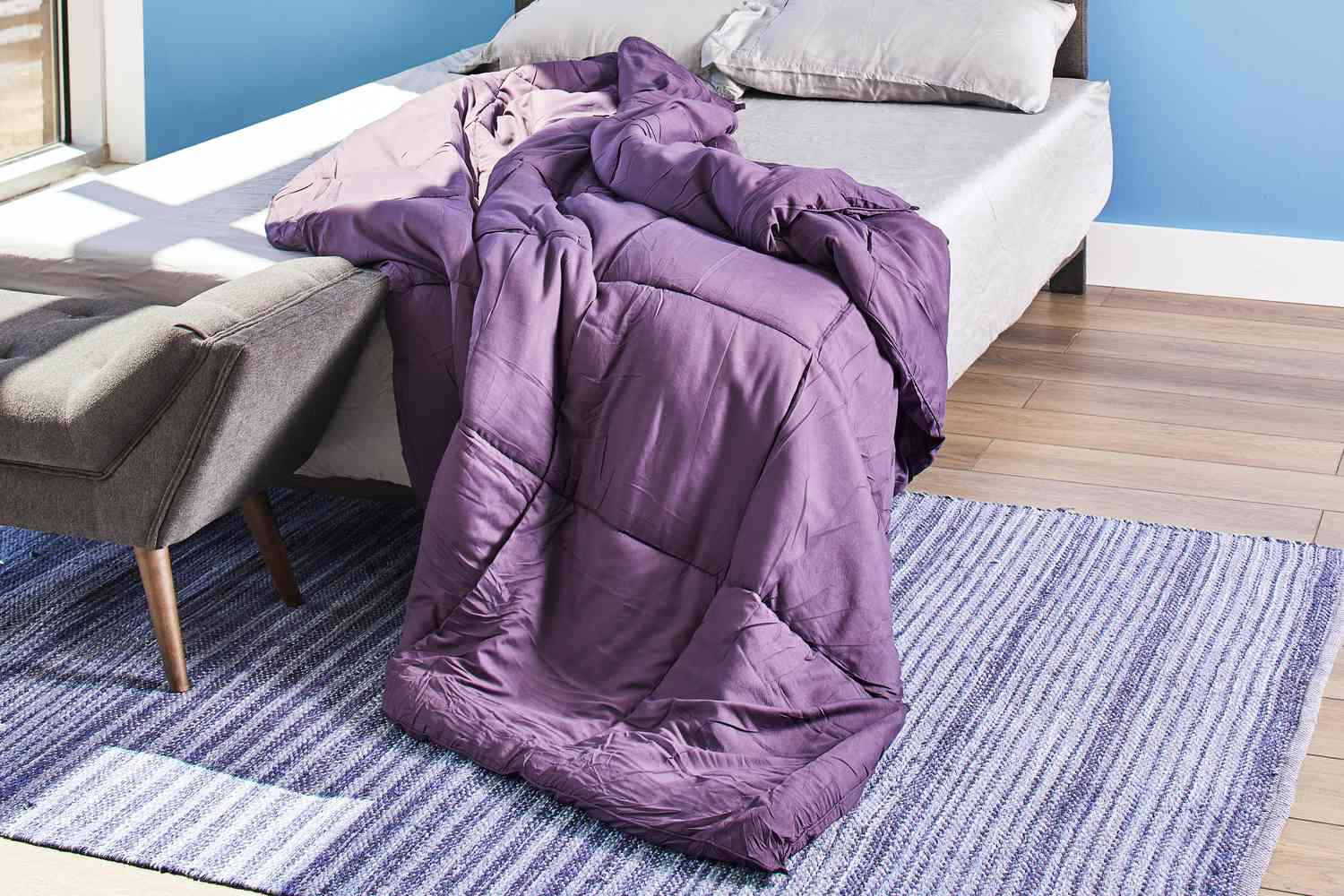

0 thoughts on “What Is The Difference Between A Wardrobe And An Armoire”